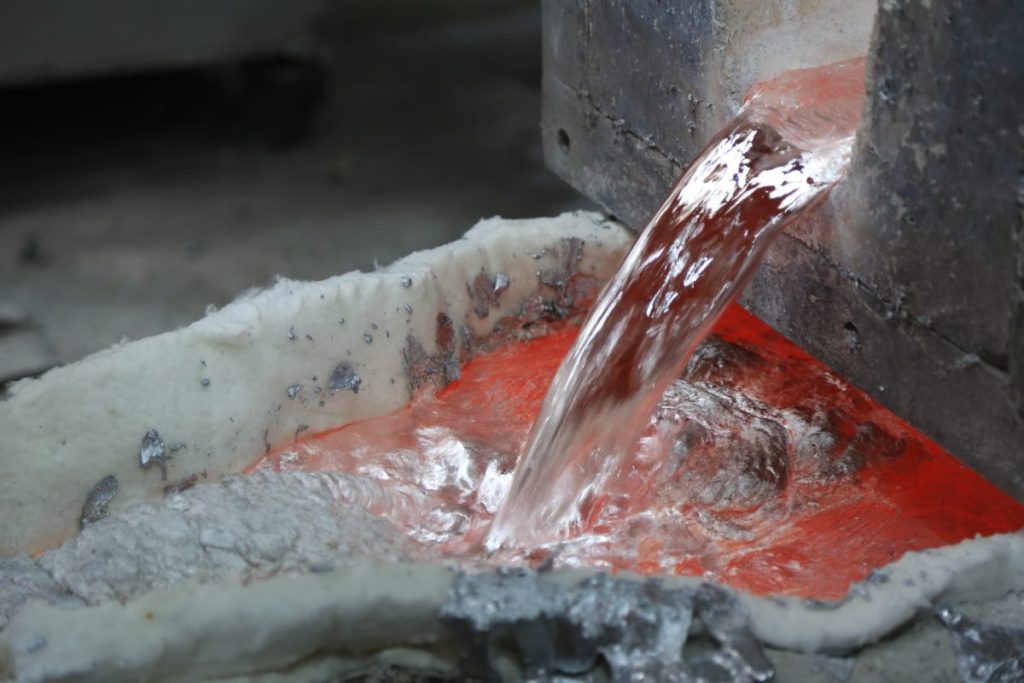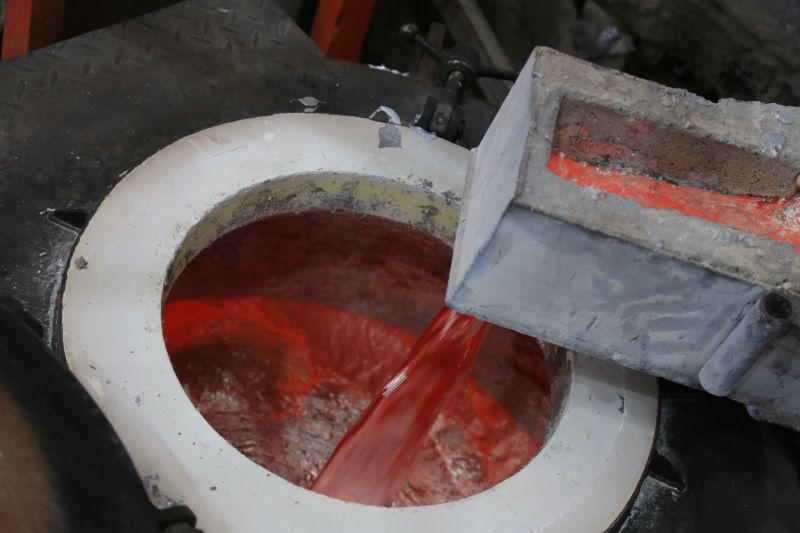Unveiling Molten Aluminum Alloys: Composition, Functions, and Applications
Molten aluminum alloys are akin to superheroes in the manufacturing world, offering strength, lightweightness, and rust resistance for a multitude of applications. Let’s delve into what makes them extraordinary, transitioning seamlessly from one aspect to another.
Understanding Molten Aluminum Alloys
Molten aluminum alloys resemble recipes, with aluminum as the base ingredient and other elements enhancing its properties. Silicon, copper, magnesium, and zinc are among the additives employed to imbue the alloy with specific traits like strength and flexibility.
Highlighting Key Features
These alloys boast impressive characteristics:
- Efficient Heat Transfer: Excelling in cooling systems, they efficiently dissipate heat.
- Adequate Electrical Conductivity: Though not as conductive as pure aluminum, they suffice for electronic applications.
- Lightweight yet Durable: Their lightweight nature coupled with strength makes them ideal for automotive and aerospace applications.
- Resistance to Corrosion: Certain variants exhibit remarkable resistance to rust, ensuring durability in various environments.
Applications Across Industries
These alloys find utility in numerous sectors:
- Automotive: Pivotal roles in engines, wheels, and various automotive components.
- Aerospace: Extensively used in aircraft frames and structural elements.
- Consumer Electronics: Commonly found in electronic device housings.
- Construction: Contributions to the strength and longevity of buildings.
Addressing Challenges
While these alloys encounter challenges such as contamination and gas entrapment, ongoing innovations continually enhance their quality. Techniques like Laser-Induced Breakdown Spectroscopy (LIBS) enable rapid assessment of alloy composition, ensuring optimal performance.
Summing Up
Molten aluminum alloys serve as indispensable assets in modern manufacturing, contributing to advancements in diverse industries. As technology progresses, their versatility continues to unlock new possibilities, shaping the future of industrial innovation.


